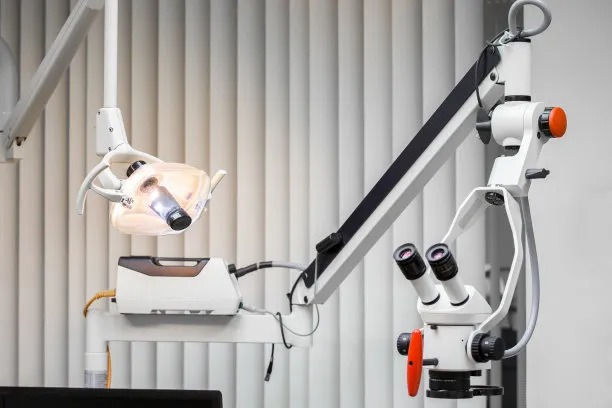Understanding the Process and Importance of Extracting a Tooth in Dental Care and Health Management
Summary: Extracting a tooth is often considered a last resort in dental care, but it can be a vital component of health management. This article delves into the comprehensive process of tooth extraction, emphasizing its significance in various aspects of oral health. We will explore the indications for tooth removal, the techniques and procedures involved, potential complications and their management, and the importance of post-extraction care. Understanding these facets not only emphasizes the necessity of this procedure but also helps patients make informed decisions about their dental health. The knowledge conveyed here aims to enhance dental health literacy and to support individuals through their health management journey.
1. Indications for Tooth Extraction

Tooth extraction may be necessary for various reasons, most commonly due to severe decay or damage. When a tooth suffers from extensive cavities or fractures that cannot be repaired with filling or crowns, extraction becomes a viable option. Dental professionals often assess the tooths condition through imaging techniques and clinical examination to determine if extraction is the best path forward.
Another frequent reason for tooth extraction is periodontal disease. This gum infection can cause the supporting structures of the teeth to deteriorate, leading to tooth mobility and potential loss. In such cases, extraction may be required to preserve the overall health of the mouth and prevent further complications.
Wisdom teeth removal is a common procedure performed due to overcrowding or impaction. These third molars often emerge in late adolescence or early adulthood, and when there isn’t enough space in the mouth, they can lead to significant discomfort and misalignment of other teeth. Dental providers routinely suggest extraction as a preventive measure, especially for younger patients.
2. Techniques and Procedures of Extraction
The tooth extraction process involves several steps to ensure the patients comfort and safety. Initially, the dentist will take X-rays to evaluate the tooths position and surrounding structures. This imaging is essential for planning the extraction approach, especially for impacted teeth.
Local anesthesia is usually administered to numb the area surrounding the tooth. In some cases, general anesthesia may be used, particularly for surgical extractions that involve cutting gums or bone. The dentist then uses specialized instruments to loosen the tooth from its socket, carefully removing it to minimize trauma to surrounding tissues.
For surgical extractions, additional techniques may be involved. This can include bone removal or incision of the gum tissue. The dentist will be meticulous throughout this process, as effective techniques can significantly influence the patients recovery and overall outcome.
3. Potential Complications and Their Management
Although tooth extraction is a routine procedure, certain complications can arise that require careful management. One common complication is dry socket, which occurs when the blood clot at the extraction site dislodges or dissolves, exposing the underlying bone and nerves. This condition can lead to severe pain and necessitates further treatment, such as medicated dressings.
Infection is another potential complication following extraction. The risk of infection can be minimized through proper oral hygiene and following postoperative care instructions. However, if an infection occurs, dental professionals may prescribe antibiotics to help resolve it effectively.
Sometimes, people may experience prolonged bleeding following an extraction. While minor bleeding is typical, excessive bleeding could indicate an underlying issue. In such situations, patients are advised to contact their dentist immediately for appropriate interventions.
4. Importance of Post-Extraction Care
Post-extraction care plays a critical role in ensuring proper healing and minimizing complications. Patients are advised to follow their dentist’s instructions closely, including dietary restrictions, such as avoiding hard or hot foods during the initial days post-surgery. This will protect the extraction site and reduce discomfort.
Maintaining oral hygiene after extraction is essential, but it must be done with care. Patients should refrain from brushing the extraction site directly for a few days. Instead, gentle rinsing with warm salt water can be beneficial in keeping the area clean. Good oral hygiene practices will help prevent infection and promote quicker recovery.
Lastly, follow-up visits are crucial to monitor the healing process and assess the site for any complications. Dentists may recommend additional treatments or procedures if necessary, ensuring that the patient remains on track in their overall dental care journey.
Summary:
This article highlights the multifaceted nature of tooth extraction, noting its necessity in various dental scenarios. From indications to complications and the importance of post-care, understanding this process aids in better health management and patient empowerment.
This article is compiled by Vickong Dental and the content is for reference only.



